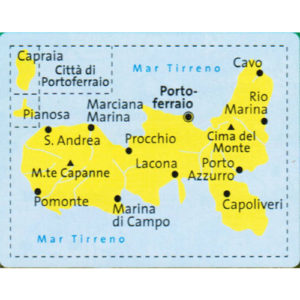Toscana
da non perdere
Guida ai 100 capolavori
One hundred masterpieces, for Tuscany, are few. We could easily list a thousand, and perhaps ten thousand. The artistic heritage of this region is endless, Florence alone boasts two hundred and fifty thousand works of art conserved in state museums alone. And if the capital takes the lion’s share, the other cities follow closely, by virtue of the proverbial municipalism of the Tuscans who, engaged in age-old conflicts, have done everything to beautify their cities, surpassing each other. And the beauties of art, the work of man, have been married since time immemorial with the environmental context in which, and for which, they were conceived. In fact, the Tuscan landscape is also largely a human work; the result of centuries of adaptation, work and craftsmanship of builders and craftsmen, farmers and woodcutters, who have shaped, corrected and refined the landscape, making it beautiful. At the dawn of its history, Tuscany was largely inhabited by the Etruscans. Eight important Etruscan cities were in Tuscany: Populonia, Ansedonia, Vetulonia, Volterra, Roselle, Arezzo, Chiusi, Cortona. The viability of the region followed an east-west course, determined by traffic between the coast and the interior. With the advent of the Romans, other cities were founded, or re-founded: Florence, Pistoia, Lucca, Pisa, Empoli. The road route was oriented in a south-north direction, Tuscany being on the road to Gaul: the via Cassia inland, the Aurelia along the coast.
Editions: Scala
Author: Passigli
Guide: Italian
Pages: 223
Year: 2014
ISBN: 9788836814466











Reviews
There are no reviews yet.